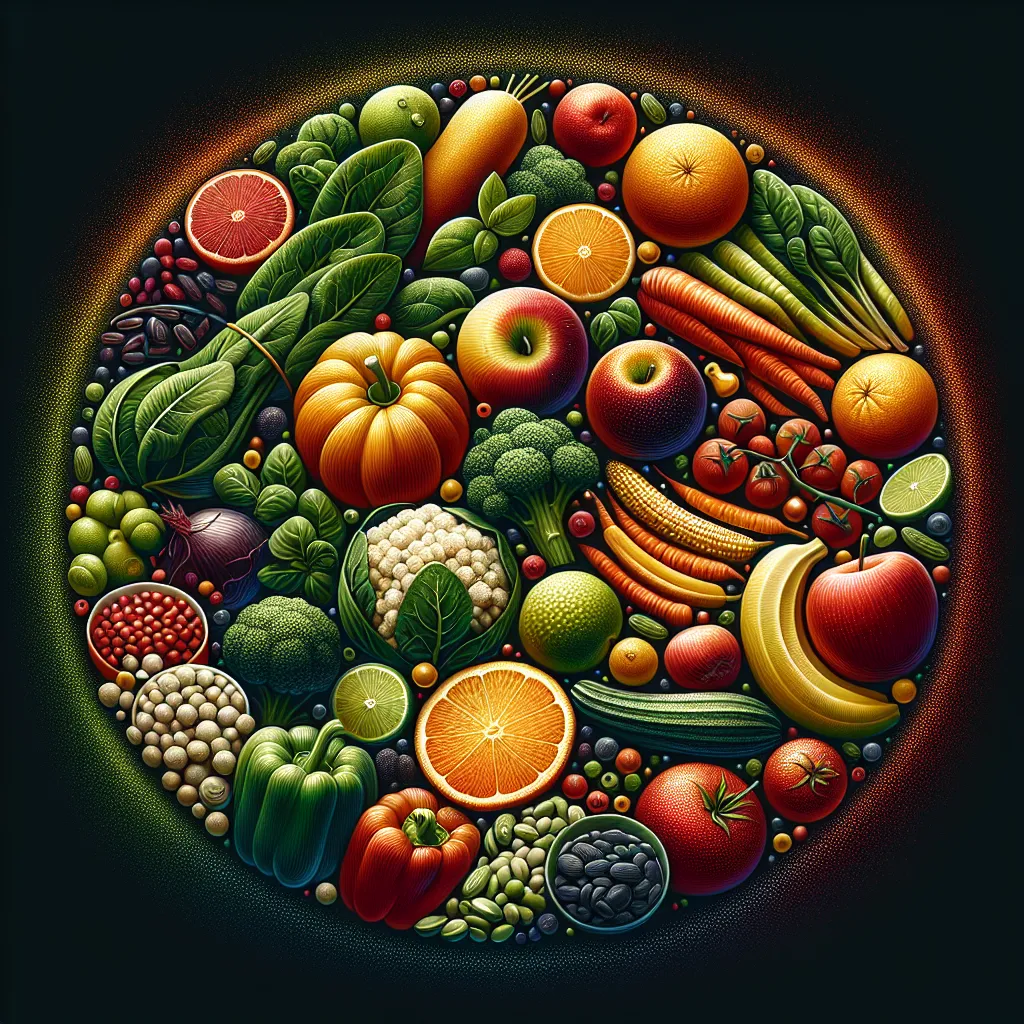The Impact of Fast Food on Public Health
The article discusses the significant rise in fast food consumption in modern society and its impact on public health, emphasizing the convenience, affordability, and aggressive marketing strategies of fast food chains as factors driving this trend. It highlights the detrimental effects on public health, including obesity, diabetes, heart disease, and other diet-related illnesses associated with regular fast food consumption. Furthermore, the article delves into the health risks linked to fast food consumption, such as obesity, high blood pressure, metabolic syndrome, and type 2 diabetes, outlining the substantial impact on public health and the importance of raising awareness about these risks. Moreover, it addresses the economic and social implications of the fast food industry, balancing the economic benefits with the long-term healthcare costs and the social impact on dietary habits, lifestyles, and health inequalities, thus emphasizing the need for promoting healthier eating habits and addressing the detrimental effects of fast food on public health.






